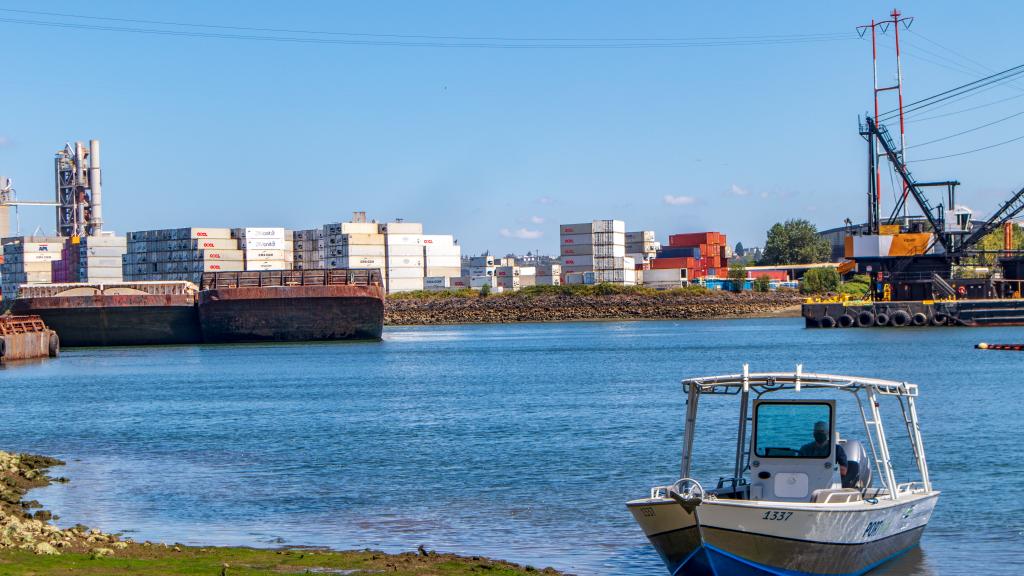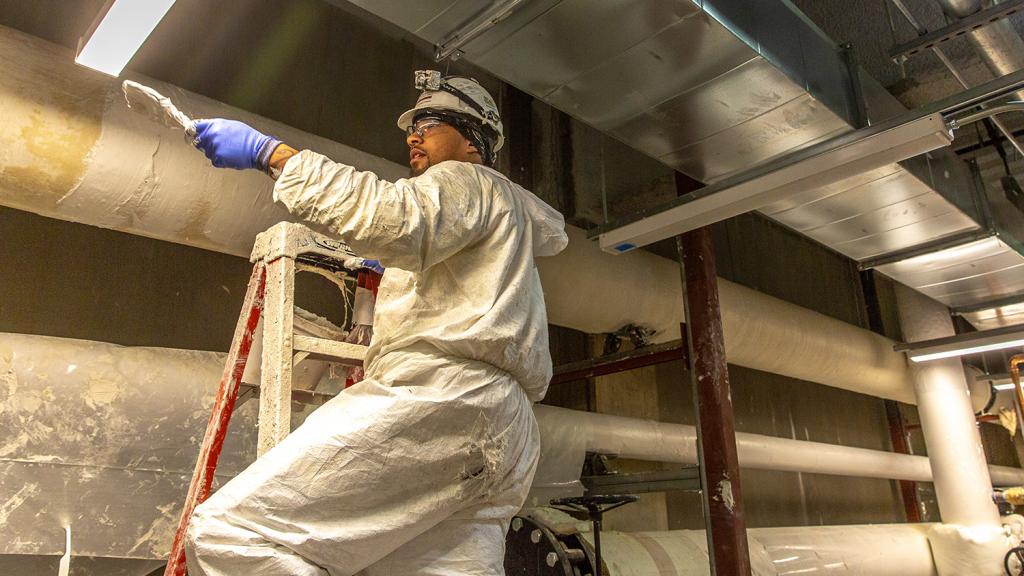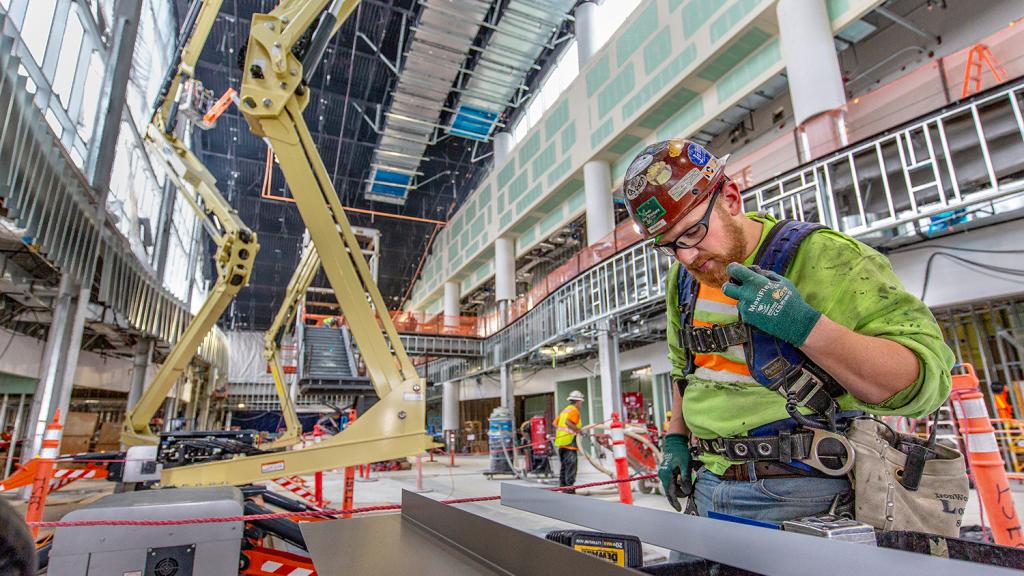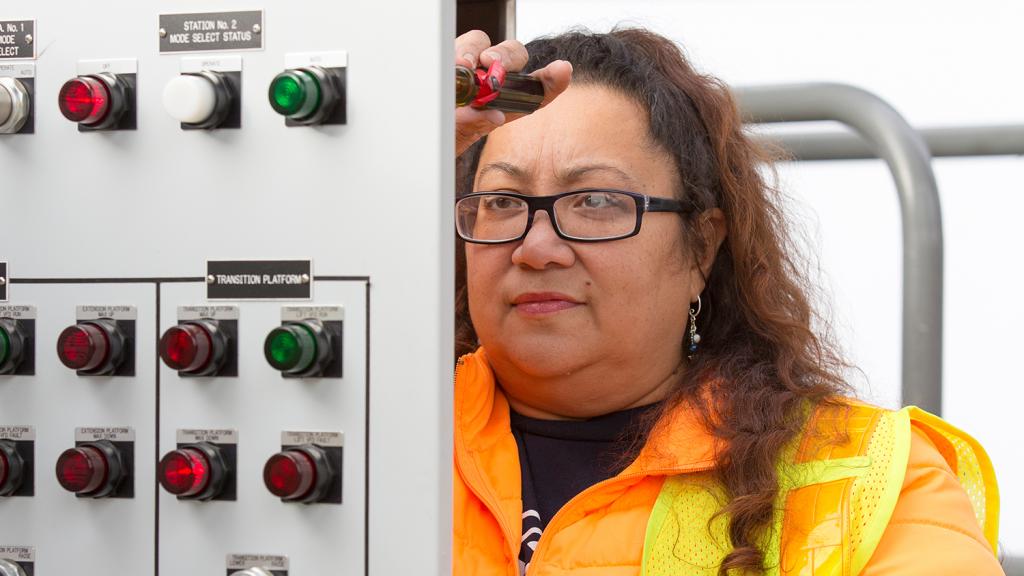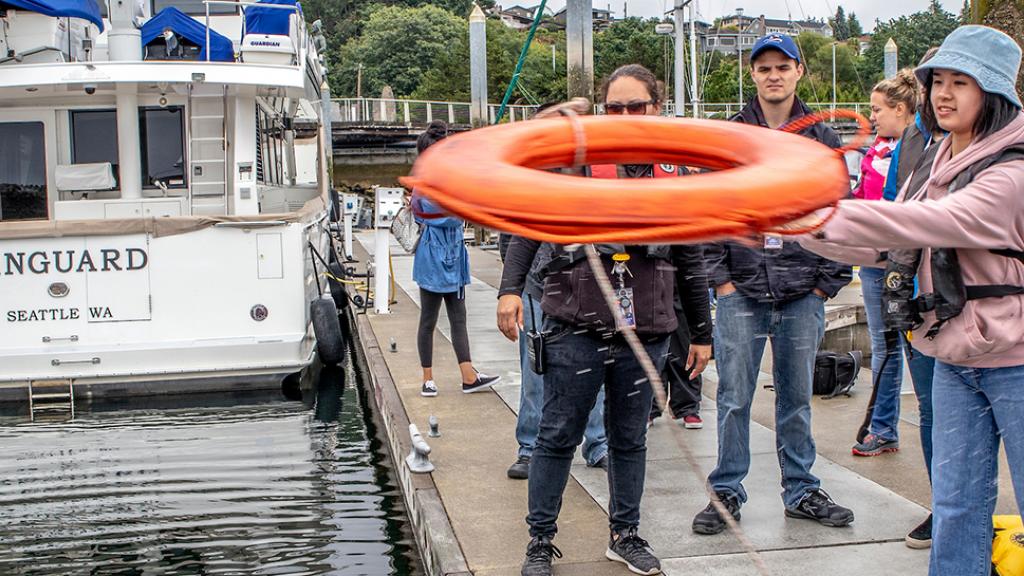The Port of Seattle Priority Hire Program supports access to good family-wage jobs to qualified construction workers from Economically Distressed Areas of King, Pierce, and Snohomish County by increasing access to Port of Seattle projects. The program leads to economic growth and job creation in areas that experience economic distress. It also provides jobs to historically underrepresented individuals in the construction industry, such as women and people of color.
Priority Hire Goals:
- Champion greater workforce diversity in the trades
- Increase entry and diversity into the trades
- Improve retention of workforce diversity in the trades
Benefits:
- Prioritizes local workers living in economically disadvantaged neighborhoods, creating access to training and employment within the construction workforce
- Supports women and people of color to become part of the trained construction workforce, with direct access to a construction career
- Creates a better work environment with safety protections, dispute resolution, and a grievance process
Eligibility:
- Individuals must reside in a Priority Hire ZIP code to be eligible
Building Priority Hire
Engages all stakeholders and Unions: Engaging all stakeholders builds stronger, more collaborative initiatives, and cements commitment to producing better results over time.
Engages contractors: Anticipates contractors' needs and promotes the participation of women-and minority-owned business enterprises (WMBE). Representatives from the program meet with contractors frequently.
Invests in Pre-Apprenticeship Programs: Comprehensive training programs are the key entryway for women and people of color into the construction industry.
Supports job placement and retention: Priority Hire includes a well-defined referral process for pre-apprentice graduates and apprentices, and improves job site conditions for diversity.
Creates an active compliance system: This program creates a level playing field in which contractors can compete and grow while meeting the Priority Hire requirements. It also allows stakeholders to track performance and make necessary adjustments over time.
Success! Positive outcomes with jobs for the community, increased collaboration, investment in the community, infrastructure, money that goes back into the community, middle-class jobs with benefits.


